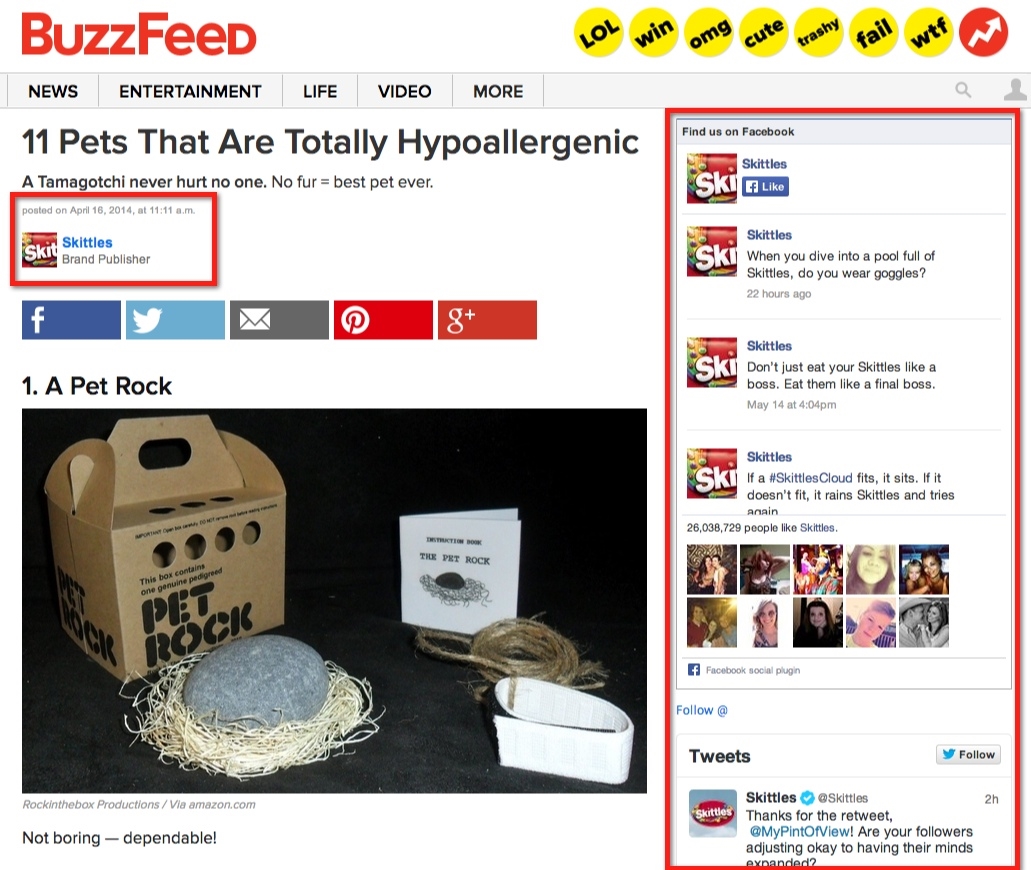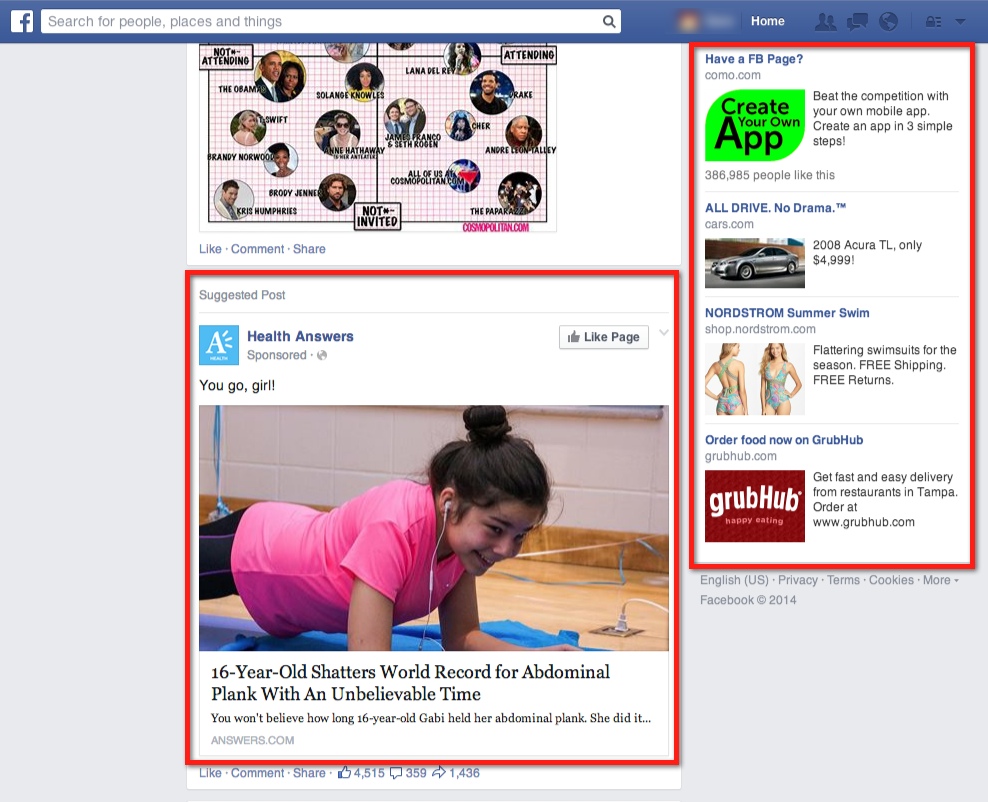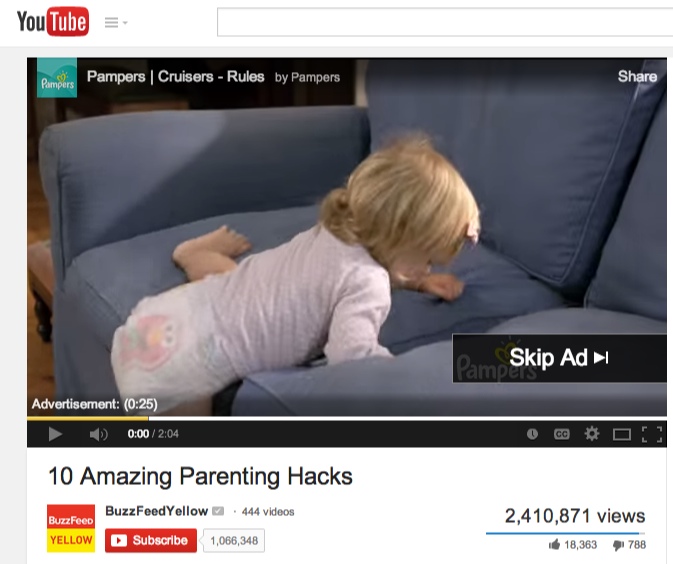We are often asked by health care organizations and practices which social media marketing platform is most important for their business, which is a hard question to answer because each platform is valuable in its own way.
Facebook is used in health care marketing for:
- Engaging with patients on a personal level and collecting reviews
- Sharing consumer-facing news and updates
- Hosting contests for referring physicians
(Read More: 15 Topics for Facebook Posts in Health Care)
LinkedIn is used in health care marketing for:
- Connecting with industry experts
- Building your reputation as a thought leader, whether you’re a physician, hospital administrator or marketer
- Sharing original blog content from your website
While Twitter can be used in health care marketing for:
- Responding to your community’s tweets about health care and medical issues
- Reaching out directly to media contacts
- Sharing valuable articles, statistics and infographics
- Finding community updates and industry news
- Engaging in social conversations by tracking certain terms ex: affordable drugs
So, how do you get started on Twitter to excel at social media in healthcare? The first steps are to find who you want to follow, to get new followers and then get people to engage with your tweets. Here’s how to become a health care influencer on Twitter:
1. Follow the best people: Don’t just follow willy-nilly, there should be a reason you’re following them.
- Find out who are the top influencers in health care on Twitter and identify which ones you can learn from and which ones would value your messages. See SlideShare of 2014 Influencers below.
- Pick the top 10 journalists who are writing the kinds of articles you could potentially be featured in or who you could provide syndicated content/guest posts to. TIP: Some of these can be national writers but don’t forget to focus on journalists at your local newspapers.
2. Use the right hashtags: Hashtags enable you to see all conversations related to a topic such as #TwitterTricks
- Find all appropriate health care hashtags on Symplur’s website for healthcare hashtags. You can find upcoming conferences, tweet chats and popular medical topics.
- Be sure to set your location on Twitter so you can see what topics are trending in your area. It’s okay to use hashtags related to pop culture or community news sometimes, you don’t always have to be specific to health care. The goal is to provide value and join the conversation.
3. Search and track terms: You can also find tweets using certain keyword phrases when they aren’t used as a hashtag with the following search tricks.
- Use location-based search to find people within your vicinity using certain words in their tweets. Ex: MRI near:Tampa within:10mi (hint: No spaces between :Tampa and :10mi)
- You can filter search results based on sentiment by adding :) or :( to your search query to see positive and negative tweets about a subject.
- Use advanced search forms to find specific combinations of words in tweets:
o Tweets containing all words in any position (“MRI” and “cost”) ex: “Anyone know the cost of an MRI in Tampa?”
o Tweets containing exact phrases (“MRI price”) ex: “I found an MRI cost comparison tool online.”
o Tweets containing any of the words (“MRI” or “cost”)
o Tweets excluding specific words (“MRI” but not “cost”) ex: “Do you think Arian Foster’s MRI will show a torn Achilles?”
4. Tweet with purpose: Be sure to actually engage.
- Tweet directly to a person you’re hoping to engage with
- Use hashtags, but don’t go overboard. A tweet with 1-2 hashtags is more likely to be retweeted or shared, but if you go over 3 hashtags you’re cutting your chances of engagement by 50%.
- Reply to someone you’ve found via advanced search and communicate with them by serving as a resource or answering their questions.
TIP: If you’re tweeting without doing any of these three things or sharing a link to something on your website, you are essentially talking to yourself. You know that homeless guy downtown who is always yelling, at no one in particular? You are the social media version of him, in this case.














